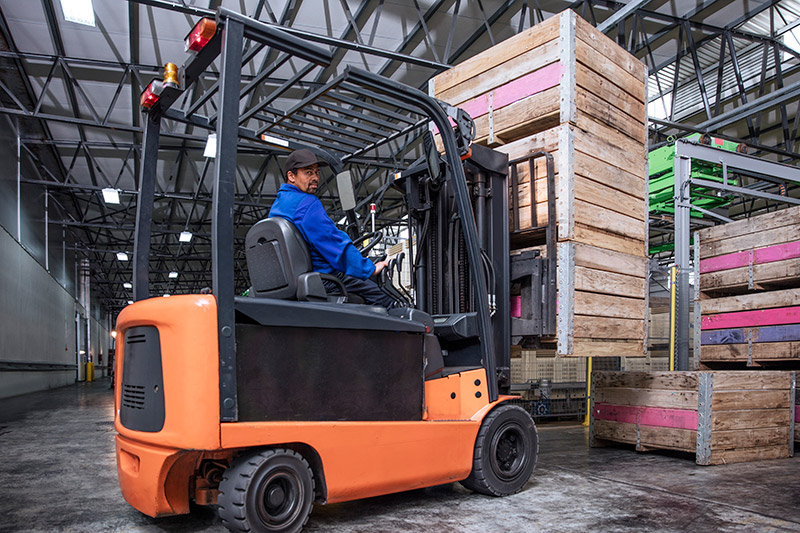The weight capacity of a forklift, also known as its load capacity, is a critical factor in ensuring safe and efficient operations. This capacity indicates the maximum weight a forklift can safely lift and transport. Variations in weight capacity stem from differences in design, size, and the intended operational environment of the forklift. This article explores the weight capacities of various forklift types, the factors influencing these capacities, and the importance of adhering to them.
Types of Forklifts and Their Capacities
Small Electric Forklifts
Small electric forklifts are commonly used indoors in warehouses, retail establishments, and manufacturing units. These forklifts are characterized by their compact size and maneuverability and are primarily powered by electric batteries. Their average weight capacity ranges from 3,000 to 8,000 pounds (1.5 to 4 tons). Their zero-emission operation makes them ideal for indoor environments with limited ventilation.
Large Industrial Forklifts
Large industrial forklifts are designed for heavier loads and are often used in outdoor environments such as construction sites, lumber yards, and docks. These robust machines can lift weights starting from 8,000 pounds, with some specialized models capable of handling up to 30,000 pounds (4 to 15 tons) or more. They can be powered by diesel, gasoline, or propane.
Rough Terrain Forklifts
Rough terrain forklifts are built for rugged and uneven terrains found at construction sites, mines, and lumber yards. Their sturdy design and specialized tires provide stability. The weight capacity for these forklifts typically falls between 6,000 to 12,000 pounds (3 to 6 tons), with larger models having even higher capacities.
Telehandlers or Telescopic Handlers
Telehandlers are versatile machines often used in agriculture, construction, and industrial applications. They feature a telescopic boom that can extend forwards and upwards. On average, telehandlers can lift loads ranging from 5,000 to 12,000 pounds (2.5 to 6 tons). Various attachments can enhance their utility, enabling them to perform functions like bucket work, mowing, or acting as a crane.
Very Large or Specialized Forklifts
These forklifts are designed for exceptionally heavy and specialized tasks, such as container handling at ports, heavy machinery transportation, or large-scale warehousing operations. Their capacities range from 30,000 pounds up to 100,000 pounds (15 to 50 tons) or more, depending on the design and application.
Factors Determining Forklift Weight Capacity
A forklift’s load capacity is determined under specific conditions, including:
- Load Center: The horizontal distance from the fork’s face to the center of the load.
- Mast Tilt Angle: The angle at which the mast is tilted.
- Elevation Height: The height to which the load is elevated.
Understanding these variables is crucial as they significantly influence the real-world capacity of the forklift.
Importance of Adhering to Weight Capacities
Exceeding a forklift’s rated capacity is not only a breach of operational guidelines but also a potential safety hazard. Overloading can destabilize the forklift, making it prone to tipping and straining its mechanical components. This can lead to dangerous accidents, machinery damage, and potential legal consequences. Operators must be adequately trained to understand and respect these weight limits, ensuring a safer work environment for all.
By adhering to the specified weight capacities and understanding the factors that influence them, operators can maximize the efficiency and safety of forklift operation



